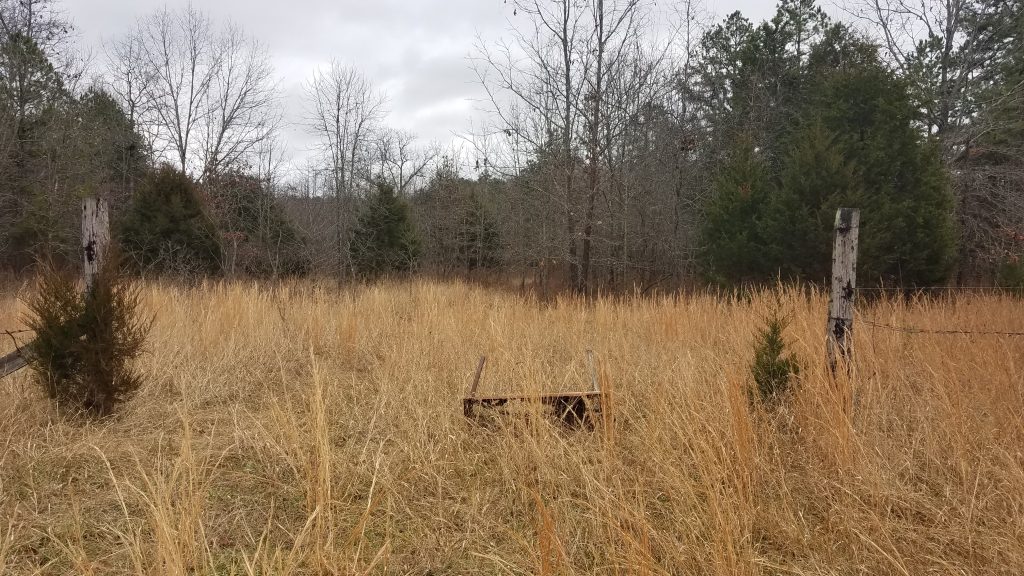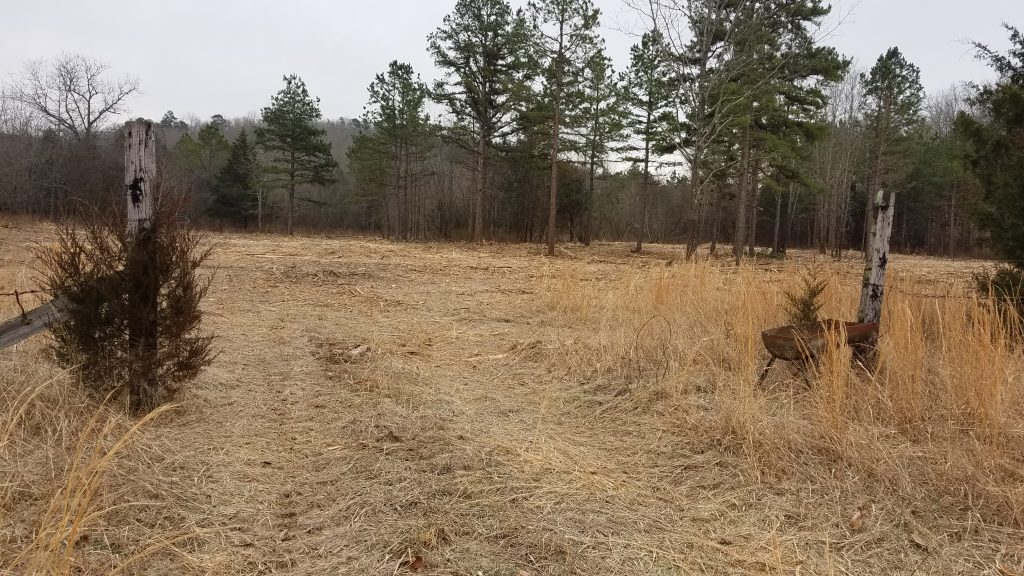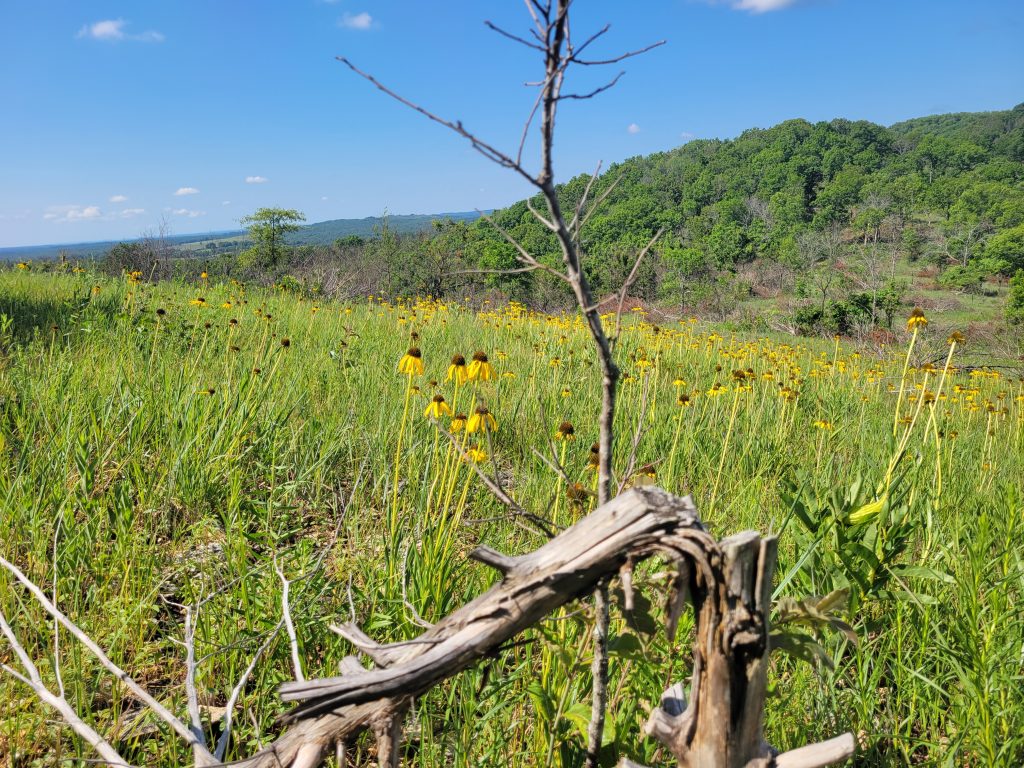Wild Turkey Habitat Restoration Completed on Missouri’s Mark Twain National Forest
EDGEFIELD, S.C.— In an effort to revitalize essential wildlife habitats in southern Missouri, the National Wild Turkey Federation and the USDA Forest Service have completed two stewardship projects on the Mark Twain National Forest. These projects, which spanned several years, have transformed over two thousand acres, restoring and enhancing essential nesting and brooding habitats for wild turkeys and other wildlife species.
Eleven Point Stewardship Project
The Eleven Point Stewardship Project, carried out on the Eleven Point Ranger District of the Mark Twain National Forest, has conserved and enhanced a total of 2,089 acres. The project included 227 acres of woodland restoration through selective timber harvest, 112 acres of mastication and 701 acres of brush mowing for old field restoration.


Additionally, the project constructed nine gates for access management, with five permanently closing illegal roads into old field restoration sites and four providing temporary closures for a spring walk-In turkey hunting area.
Arkansas View Stewardship Project
On the Ava Ranger District of the Mark Twain National Forest, the Arkansas View Stewardship Project successfully restored and enhanced 288 acres. The project’s accomplishments include 124 acres of woodland restoration through selective timber harvest and mid-story thinning and 164 acres of glade restoration through the felling of eastern red cedar and hardwood trees.

“The woodland, glade and old field restorations all created high-quality brooding and nesting cover by increasing the amount of native herbaceous plants,” said Will Rechkemmer, NWTF wildlife biologist in southern Missouri. “This type of habitat is lacking across much of the Eastern turkey range—and Missouri is no different. Prior to our projects, these areas were either overgrown oak woodland/glade with virtually no herbaceous vegetation, or grown up fields chocked full of 8-10-foot-tall trees and shrubs that provided poor quality habitat.”
This work builds on the longstanding collaboration between the Missouri NWTF State Chapter and the Forest Service on the Mark Twain National Forest. Throughout the years, NWTF has partnered with the Forest Service to support critical management efforts such as habitat enhancement, control of nonnative invasive species and prescribed burning. These efforts underscore the NWTF’s commitment to conserving wild turkeys and preserving our hunting heritage, ensuring these natural resources remain accessible for future generations.
About the National Wild Turkey Federation
Since 1973, the National Wild Turkey Federation has invested over half a billion dollars into wildlife conservation and has positively impacted over 23 million acres of critical wildlife habitat. The NWTF has also invested over $10 million into wild turkey research to guide the management of the wild turkey population and to ensure sustainable populations into perpetuity. The organization continues to deliver its mission by working across boundaries on a landscape scale through its Four Shared Values: clean and abundant water, healthy forests and wildlife habitat, resilient communities, and robust recreational opportunities. With the help of its dedicated members, partners and staff, the NWTF continues its work to provide Healthy Habitats. and Healthy Harvests. for future generations.
